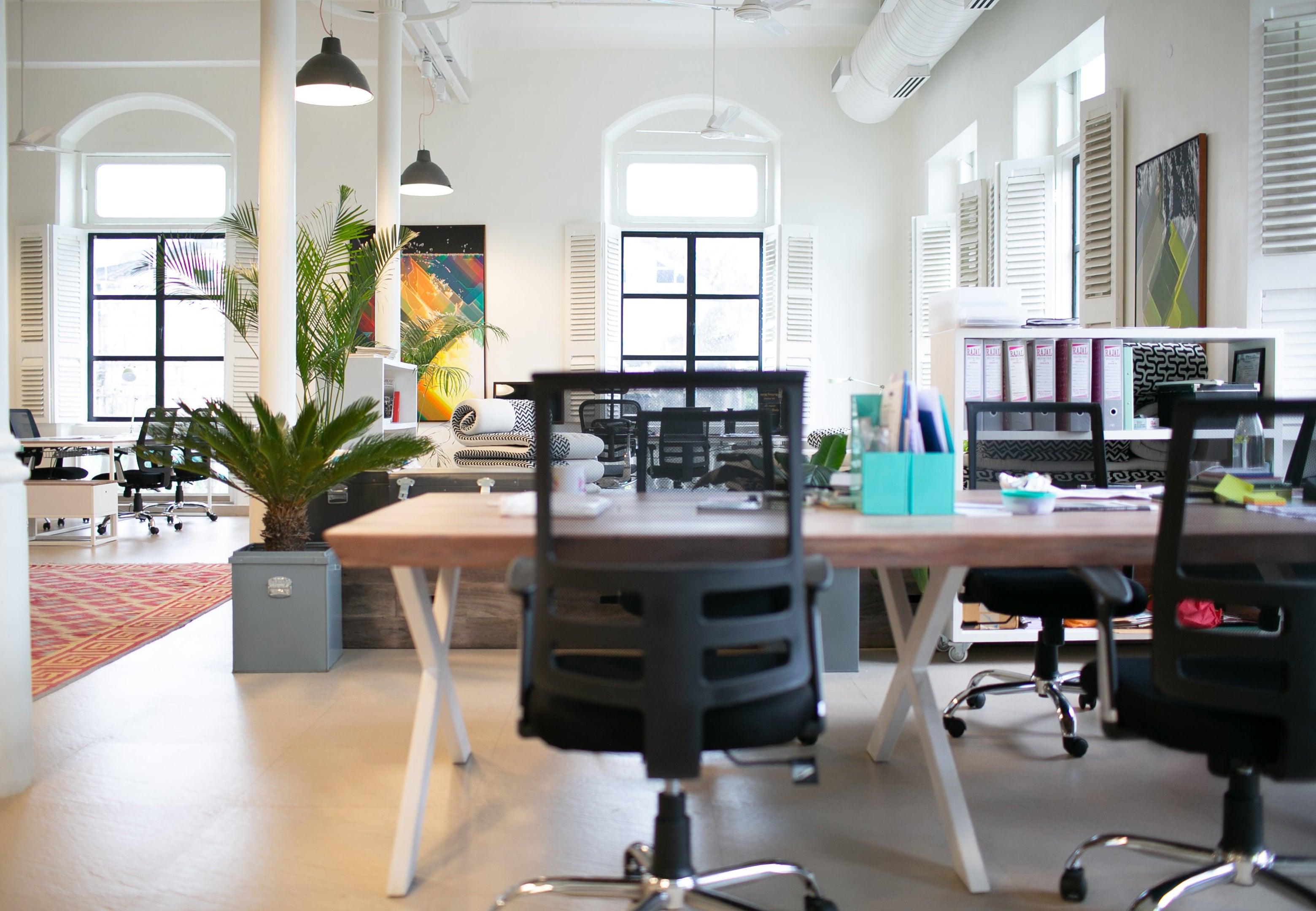
Best home office lighting tips for a productive and comfortable workspace
The concept of remote working has become a regular practice now. Working from home and making the home office a productive workspace in today's work environment have become essential. Additionally, lighting plays a significant role in increasing productivity, ambiance, and comfort.

Inadequate or improper lighting decreases concentration and energy levels, causes eyestrain, dampens the mood, and results in headaches. All these eventually become the reason for reduced work efficiency.
Here are some genius tips that you can use to create an ideal office with perfect lighting-
Avoid Glare and Shadow
Ensure the direction of light is considered when setting up the workstation at home. Light sources behind the desk glare on monitors when placed behind the desk. Additionally, unintended shadows cast by task lighting may need to be considered. If the task light is directed in the same direction as the arm and hand, the shades may be cast while writing with the right hand. Therefore, when working on a computer or writing, pay attention to glare and shadows.

Make the best of the Task Lighting
Whenever you do anything that requires a high level of concentration, like computer work, paperwork, reading, etc., it is essential to choose a source of light that is dedicated to your work desk. Lights cast where it is needed and support a variety of tasks, especially with Ankur Lighting's adjustable desk lamps and flexible task lights. If an individual uses a different home office workstation for various tasks, then there should be a dedicated task light at each workstation.

You should use a focused light source when working with computers, paperwork, or any other task requiring concentration. An adjustable or articulated desk lamp can cast light where you need it and support a variety of functions if your home office has various workstations, including a computer desk setup with dedicated task lighting for each station.
Indirect Lighting
The management of direct light must also be considered when designing a home office. Using overhead luminaires at work should be avoided due to their direct glare. Using diffused lighting can lighten up the working environment, so it is recommended to find ways to do so. In addition to scattering and softening the harsh lights, lampshades are a great option. It is essential to illuminate the whole space without producing any contrast or glare and reduce shadows cast by the lights.

Ensure you don't work under overhead lights glaring directly at you. Rather than trying to achieve direct illumination, seek ways to diffuse ambient light. By softening and scattering harsh light, lampshades soften and diffuse light, and upward-facing floor lamps bounce light off walls and ceilings. The light should be provided throughout the space without causing excessive glare and contrast, thereby minimizing shadows.
Use Natural Light
You shouldn't ignore the benefits of natural light from a window, skylight, or another ventilation system. Light from the sun can create a comfortable work environment by creating warm lighting. However, direct sunlight can create excessive glare during certain hours of the day, which you must factor in.

The best way to prevent glare on computer screens and work surfaces are to have natural light in front or close. You can also position your workstation facing north or south to ensure that there is no shadow cast by sunlight throughout the day.
The objective of solar shades is to reduce the heat and soften light during varying brightness levels throughout the day without impairing the view or compromising the light. Alternatively, you can apply a simple blind or a standing screen to diffuse the sunlight shining through your windows.
Aesthetic and functional office lighting
The most common types of lighting in home offices are ambient lighting distributed throughout and task lighting aimed at a specific workstation. Your home office may benefit from ornamental and accent lighting in addition to these two types of functional lighting. Lights that draw attention to objects in a room, such as mantel lights or picture lights, are called accent lights. In contrast, decorative lights, such as wall sconces, are known as decorative lights.

Ankur Lighting's tips for a perfect home office will help create a productive and performance-enhancing working environment. In addition, if one is looking for lighting fixtures, Ankur Lighting offers indoor LED lights that are energy-efficient, cost-effective, and ideal for workspaces.

 Talk On Call
Talk On Call Chat On WhatsApp
Chat On WhatsApp

